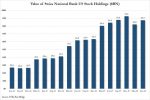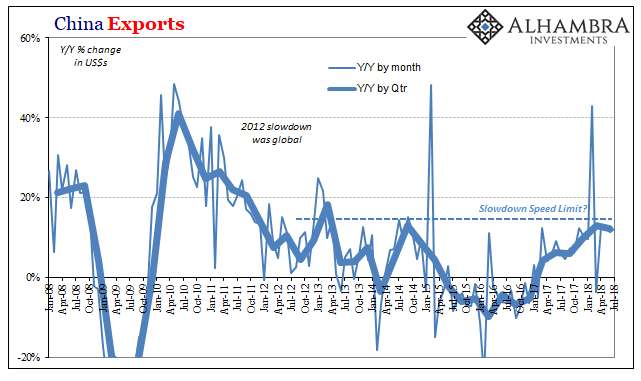In 2016, around 273,000 people, 3.3% of the population, received welfare in Switzerland. The number (not the rate) was 2.9% higher than the year before and 15.7% higher than 5 years earlier when the rate was 3.0%.

Neuchâtel, the canton with the highest rate of beneficiaries © Olga Demchishina | Dreamstime.com - Click to enlarge
Rates of those receiving government aid varied significantly by canton, ranging from 0.8% in Appenzell Innerrhoden to 7.4% in Neuchâtel. Other cantons with higher than average rates include: Basel-City (6.3%), Geneva (5.7%), Vaud (4.9%) and Bern (4.2%). Zurich’s rate (3.2%) was slightly below the national average.
The highest rates were among foreigners (6.3%), who made up 58% of all beneficiaries. Certain groups, such as those from Africa (31%), South America (13%) and Asia (12%), registered the highest rates. The rate for people from neighbouring countries (2.7%) was below the headline figure of 3.3%.
In terms of household make up, the highest rate (22%) was for homes comprised of one adult and one or more children. Next were households with two unmarried adults and children (8%). Married couples with no children at home were the least likely to be on welfare, registering less than 1%.
Asylum seekers and refugees made up a sizable percentage of those on welfare. 9% of the total were refugees and 20% were asylum seekers. The largest national groups among asylum seekers were from Eritrea, Syria and Afghanistan. Among refugees, Eritreans were the largest group making up 53% of the total, followed by Syrians (17%).
The Swiss government is working on measures to get more of these people integrated into the workforce to reduce pressure on the welfare system.
In 2015, Switzerland spent nearly CHF 8 billion on welfare, close to 12% of GDP , and around CHF 1,600 per employed worker.
Full story here Are you the author? Previous post See more for Next postTags: newslettersent








































